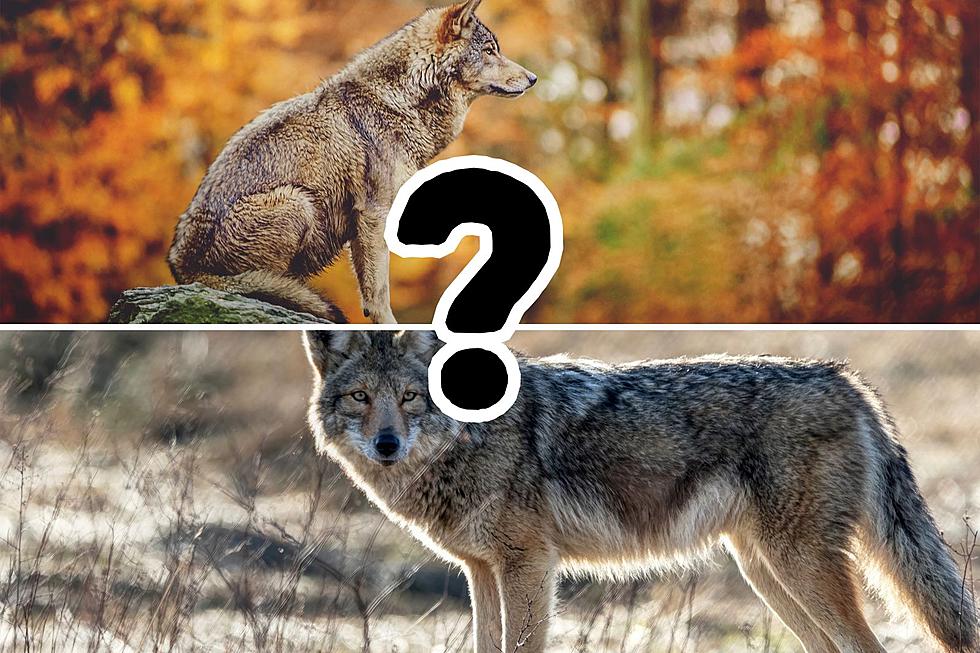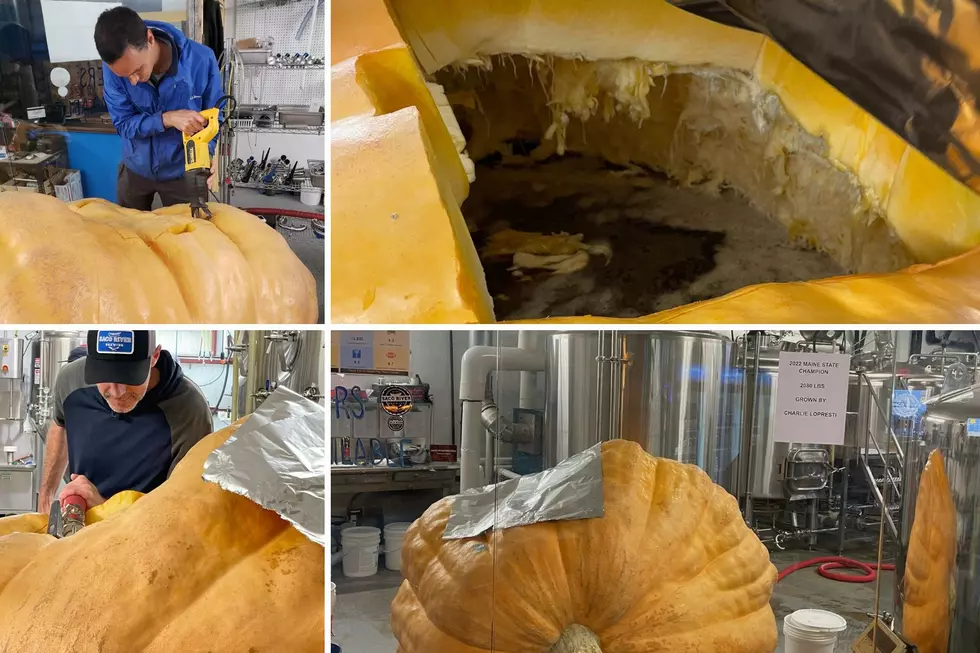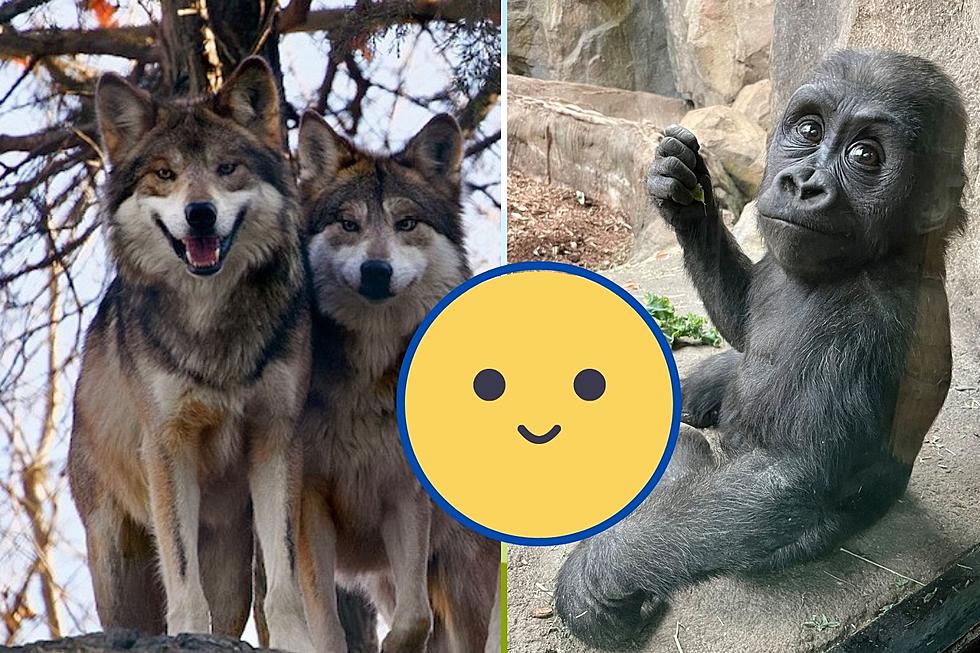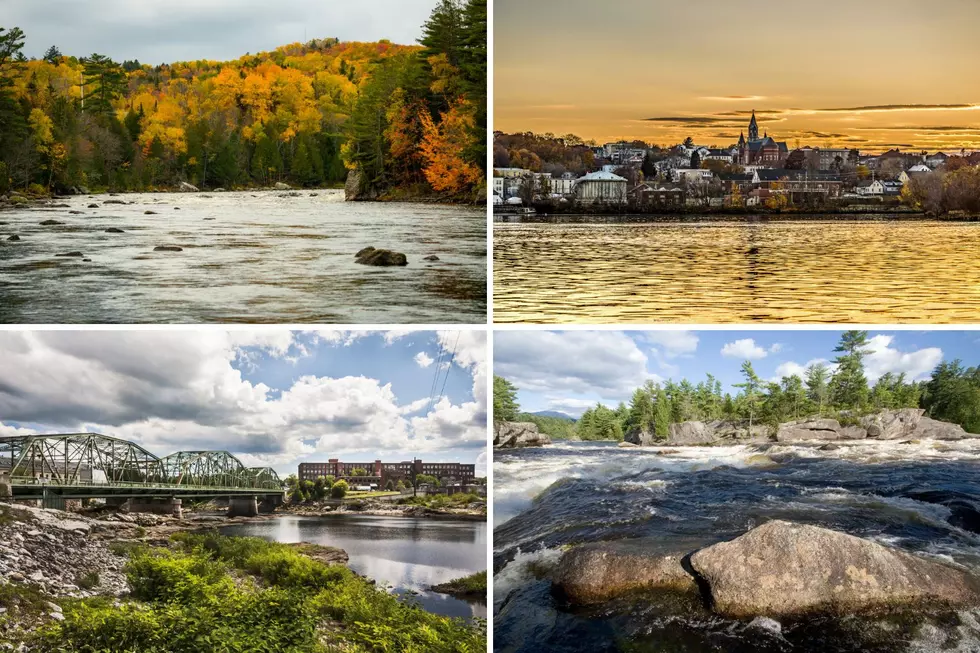
Animals That Used To Roam In Maine, But Are Now Extinct
According to WGME, the 1800's were brutal for the wildlife in Maine when species were hunted out of extinction.
Over the past two hundreds years the Maine wilderness has shrunk, old growth forests have been harvested, cities and roads have been built, land has been cleared for farming, timber harvested and rivers dammed. Humans have also introduced toxins into the environment, we almost lost the bald eagle to pesticides.
Here are a few creatures that we didn't save in time:
- The Woodland Caribou was important to indigenous tribes in Maine who depended on their warm hides and meat. European settlers slaughtered herds of them and the railroad brought hunters to the Maine woods in droves. Efforts to save the velveted antlered caribou came too late and the last sighting of one in Maine was in 1914.
-The Passenger Pigeon was one of the most common birds in North America, but they were also gobbling up farmer's crops in the 1800's. Flocks of the pigeons would strip crops of corn, barley and wheat. Farmers weren't having it, in 1914 the last lonely passenger pigeon named Martha died in the Cincinnati Zoo.
-The Wolf was also a threat to the livelihood of the European settlers who drove the animal to extinction through trapping, poisoning and hunting. In 1960 there was a new sheriff in town, the eastern coyote replaced the wolf as top predator in Maine. This coyote however had already bred with wolves and was a bad ass compared to the western coyote. This animal is bigger, has more powerful legs and jaws and can bring down a white tailed deer. We have a few coyotes living in our neighborhood and we keep our cat indoors because of them.
-The Timber Rattlesnake can grow to be five feet long and is venomous. Thank you to whoever got rid of this guy. New Hampshire still has them and the snakes can swim, here's hoping they never find their way back to Maine.
-The Great Auk looked a lot like a penguin; they were flightless, mated for life, lived on rocky islands and didn't stand a chance against the Europeans. The greedy, vain Europeans who hunted them not just for their meat and eggs, but primarily for their very soft feathers that became the centerpiece of European fashion at the time. The more endangered the auk became, the more demand for them went up. Poor auks.
That's a lot of loss, but over the past 200 years Maine has adopted some new species such as the opposum, eastern coyote, turkey vulture and the dreaded Lyme disease carrying deer tick.
More From 102.9 WBLM







